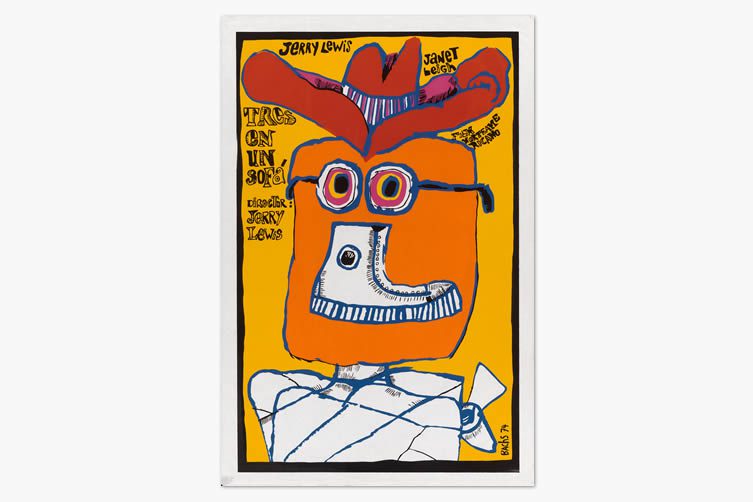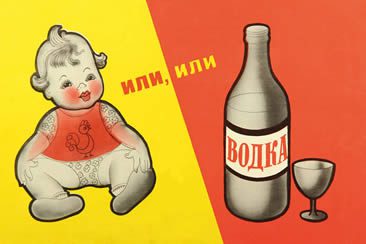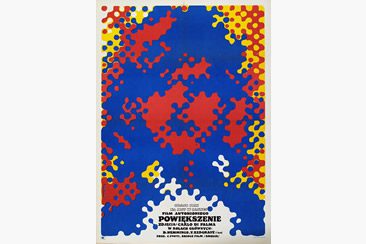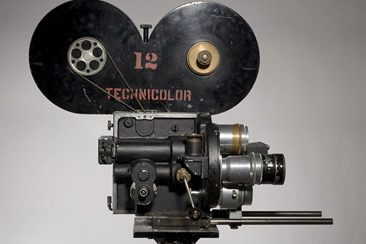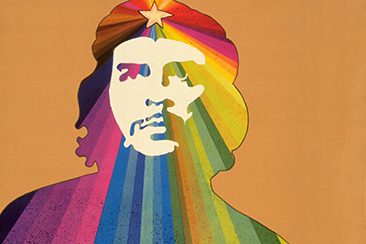As Cuban-American relations undergo a historic change, upcoming exhibition Hollywood in Havana: Five Decades of Cuban Posters Promoting U.S. Films presents Cuban film art a short drive away from the studios where so many of those iconic films were made.
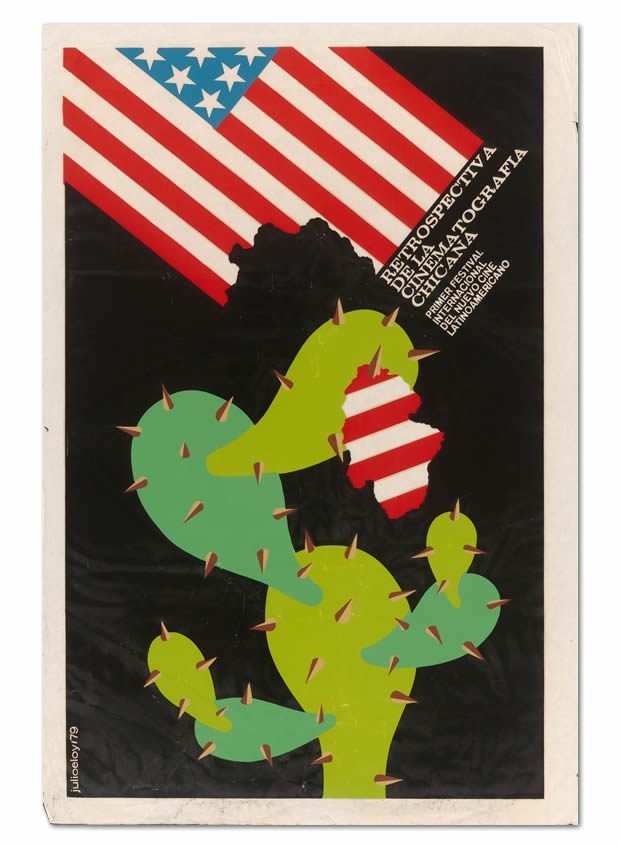
Julio Eloy Mesa, Retrospectiva De La Cinematografia Chicana/Retrospective of Chicano Cinematography, 1979. Silkscreen, 29 15/16 x 20 1/16 inches. Instituto Cubano del Arte e Industria Cinematográficos (ICAIC). Courtesy of the Center for the Study of Political Graphics
On show at the Pasadena Museum of California Art from 20 August, and remaining so until the new year, Hollywood in Havana features 40 Cuban posters that publicised Hollywood movies from the 1960s to 2009 — The Shining to Cabaret; Rope to The Silence of the Lambs. Posters that showcase the range and ingenuity of Cuban screen-printers whilst, more importantly, providing audiences with an opportunity to understand a complex culture from a new perspective.
Curator Carol A. Wells states how ‘based on a shared love of films, Hollywood in Havana identifies commonalities between Cubans and Californians,’ and the exhibition serves to illustrate the fascinating alternative designs and stylistic diversity that the artists had in their arsenal; despite, or in spite of, a distinct lack of materials to thanks to the infamous embargo imposed by the United States.
Produced by the Instituto Cubano del Arte e Industria Cinematográficos (ICAIC), the posters were part of an initiative of the revolutionary government to develop cultural awareness and consciousness after Fidel Castro and the guerrilla forces overthrew the dictatorship of Fulgenico Batista in 1959 — and, citing revolutionary ideals as inspiration, reawaken viewers to the nuanced visual signs that inform and shape world views.
Hollywood in Havana: Five Decades of Cuban Posters Promoting U.S. Films continues until 7 January, 2018, at the Pasadena Museum of California Art.
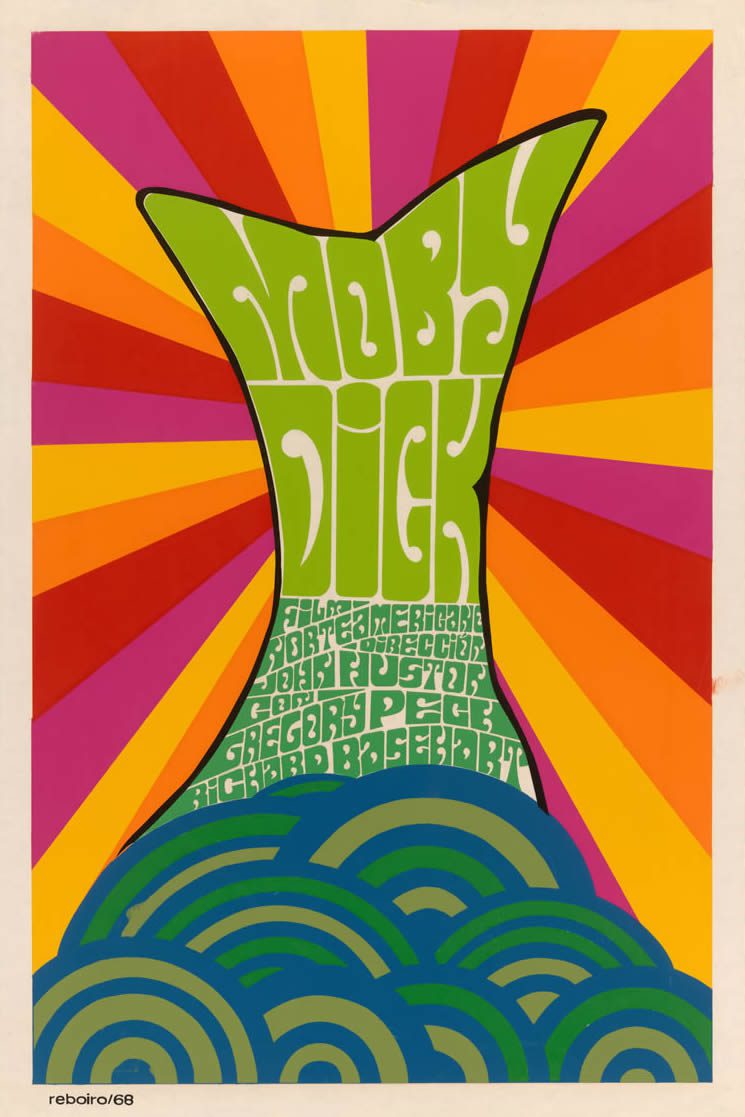
Antonio Reboiro, Moby Dick, 1968. Silkscreen, 29 15/16 x 20 1/16 inches. Instituto Cubano del Arte e Industria Cinematográficos (ICAIC). Courtesy of the Center for the Study of Political Graphics
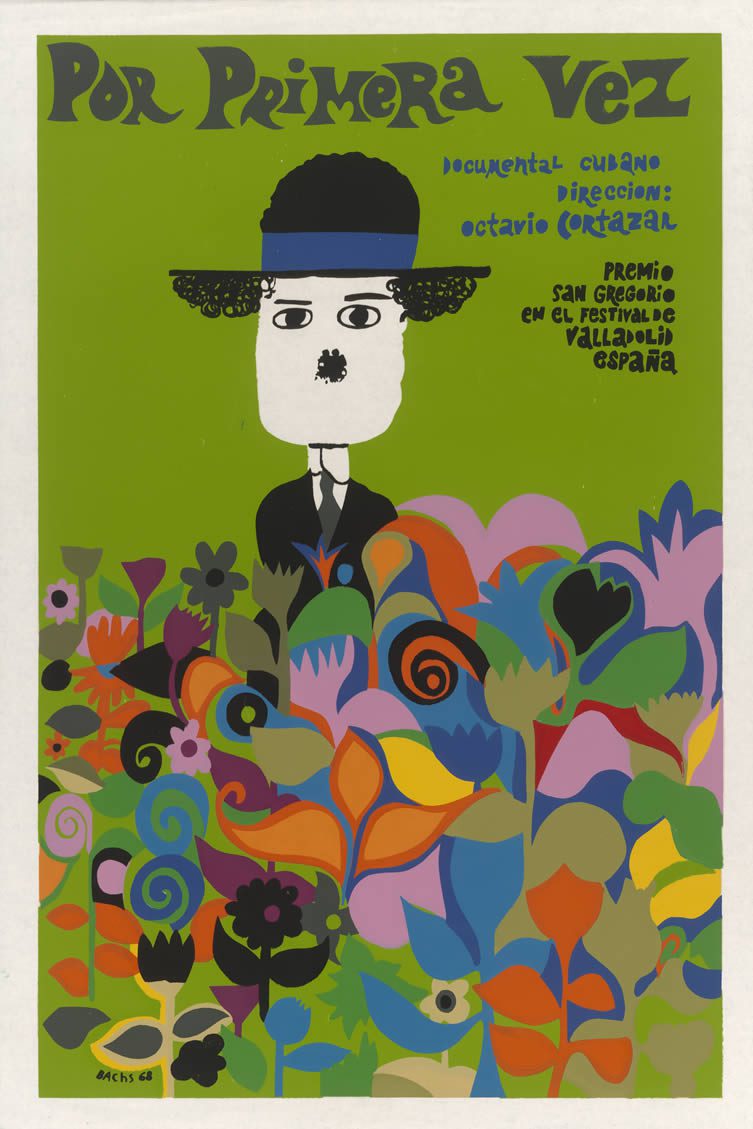
Eduardo Muñoz Bachs, Por Primera Vez/For the First Time, 1968.
Silkscreen, 29 15/16 x 20 1/16 inches. Instituto Cubano del Arte e Industria Cinematográficos (ICAIC). Courtesy of the Center for the Study of Political Graphics
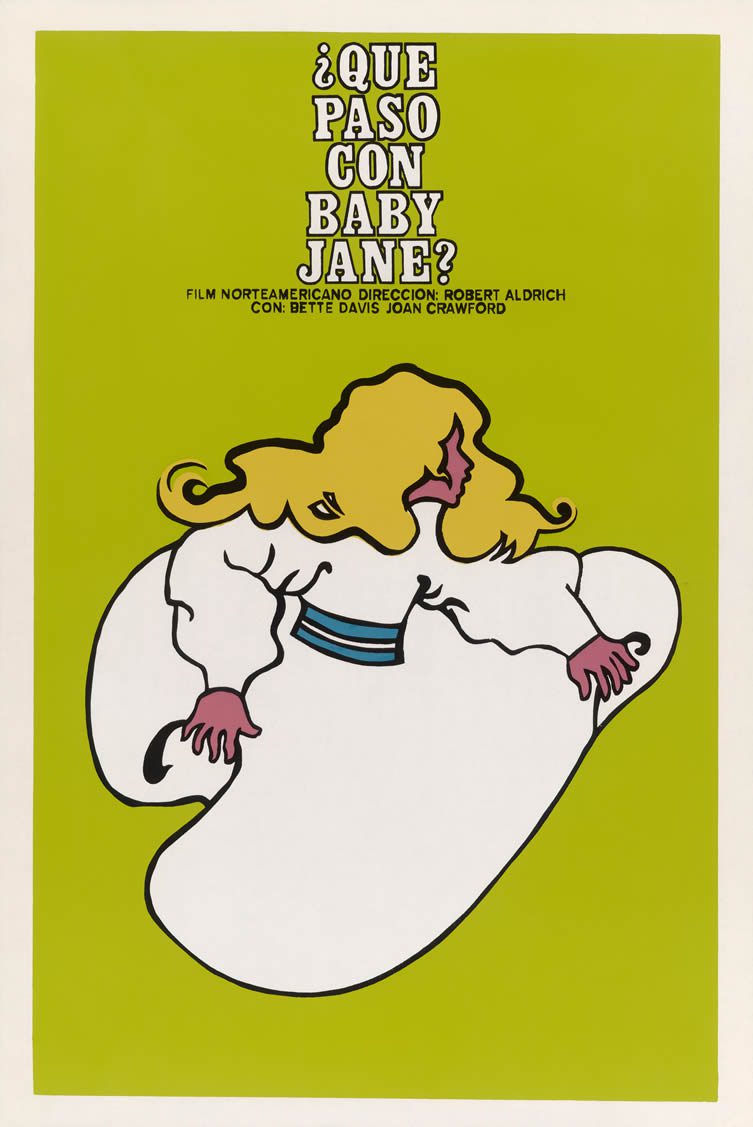
René Azcuy, ¿Que Paso Con Baby Jane?/Whatever Happened to Baby Jane?, 1976. Silkscreen, 29 15/16 x 20 1/16 inches. Instituto Cubano del Arte e Industria Cinematográficos (ICAIC). Courtesy of the Center for the Study of Political Graphics
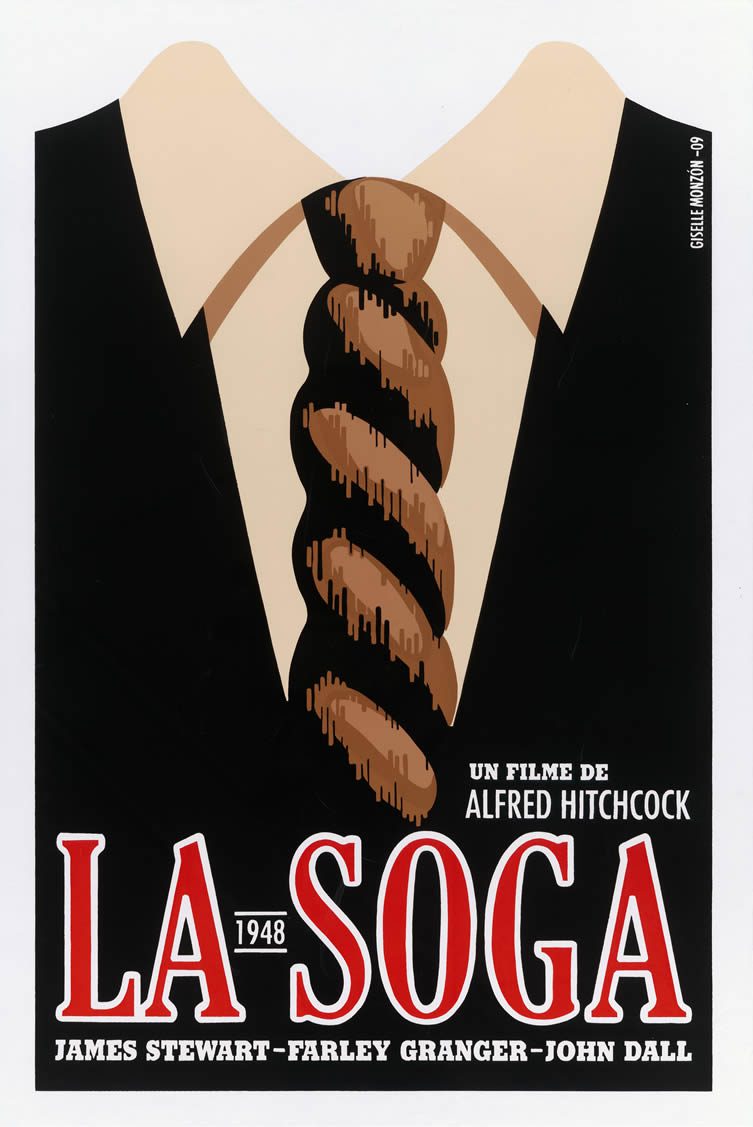
Giselle Monzón, La Soga/Rope, 2009. Silkscreen, 29 15/16 x 20 1/16 inches. Instituto Cubano del Arte e Industria Cinematográficos (ICAIC). Courtesy of the Center for the Study of Political Graphics
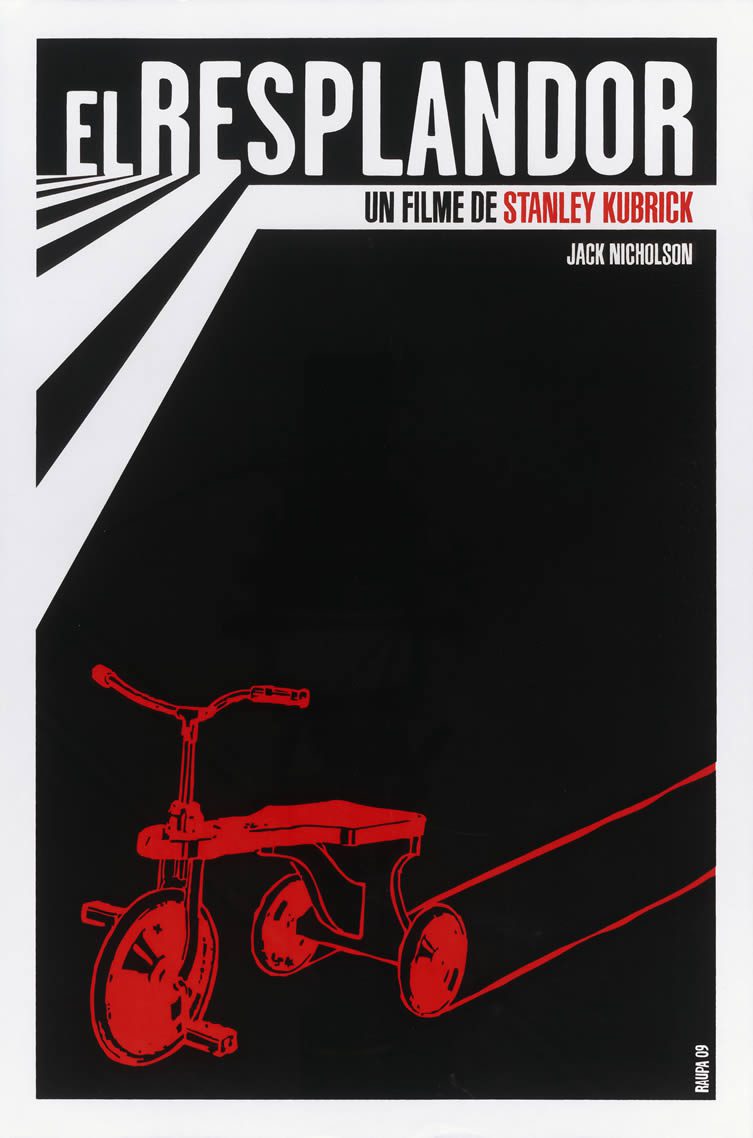
Raúl Valdes (Raupa), El Resplandor/The Shining, 2009. Silkscreen, 29 15/16 x 20 1/16 inches. Instituto Cubano del Arte e Industria Cinematográficos (ICAIC). Courtesy of the Center for the Study of Political Graphics
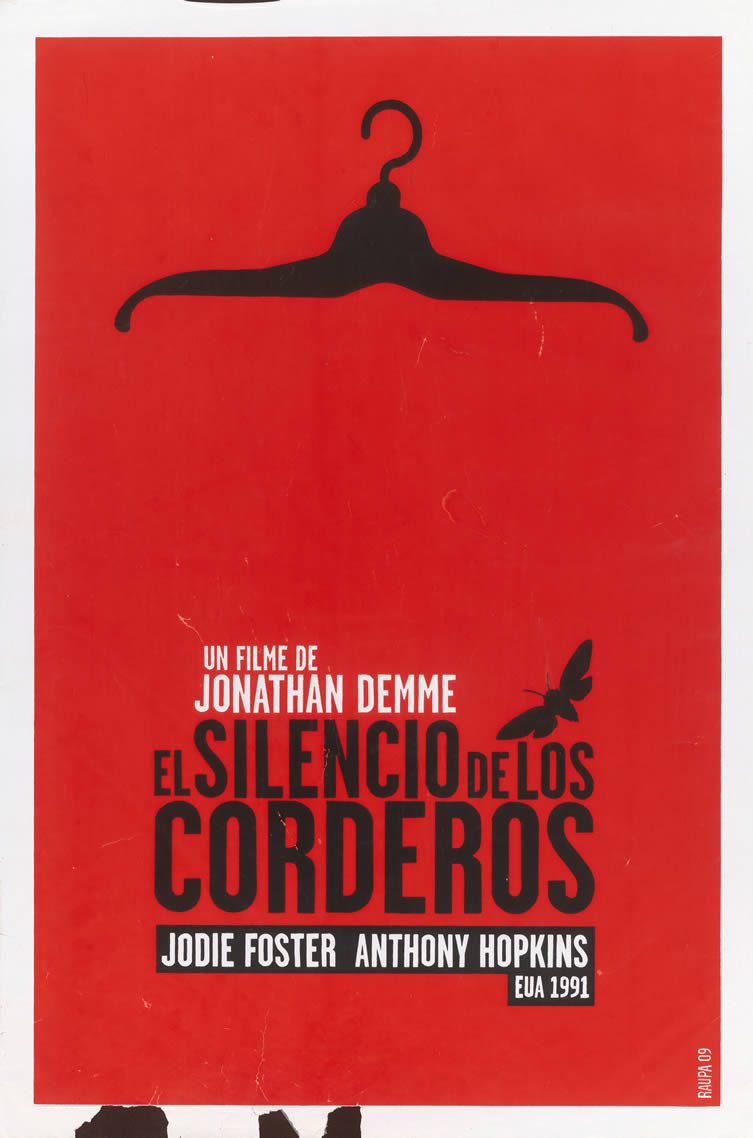
Raúl Valdés (Raupa), El Silencio De Los Corderos/Silence of the Lambs, 2009. Silkscreen, 29 15/16 x 20 1/16 inches. Instituto Cubano del Arte e Industria Cinematográficos (ICAIC). Courtesy of the Center for the Study of Political Graphics
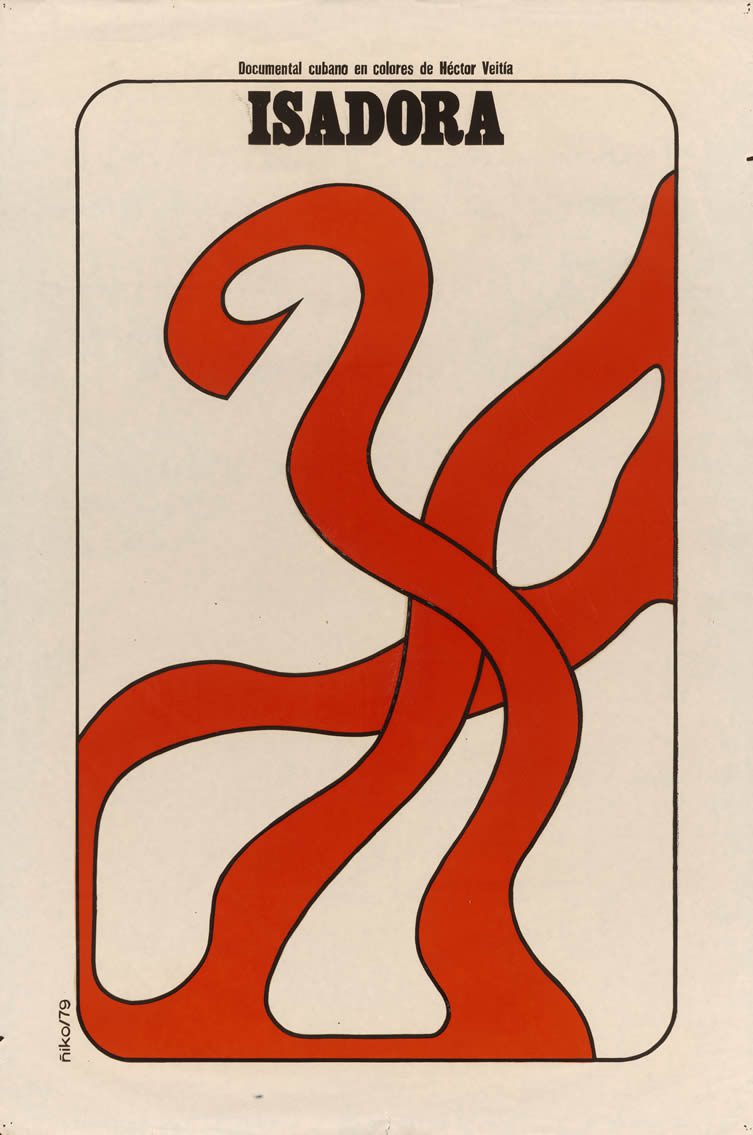
Antonio Pérez (Ñiko), Isadora, 1979. Silkscreen, 29 15/16 x 20 1/16 inches. Instituto Cubano del Arte e Industria Cinematográficos (ICAIC). Courtesy of the Center for the Study of Political Graphics
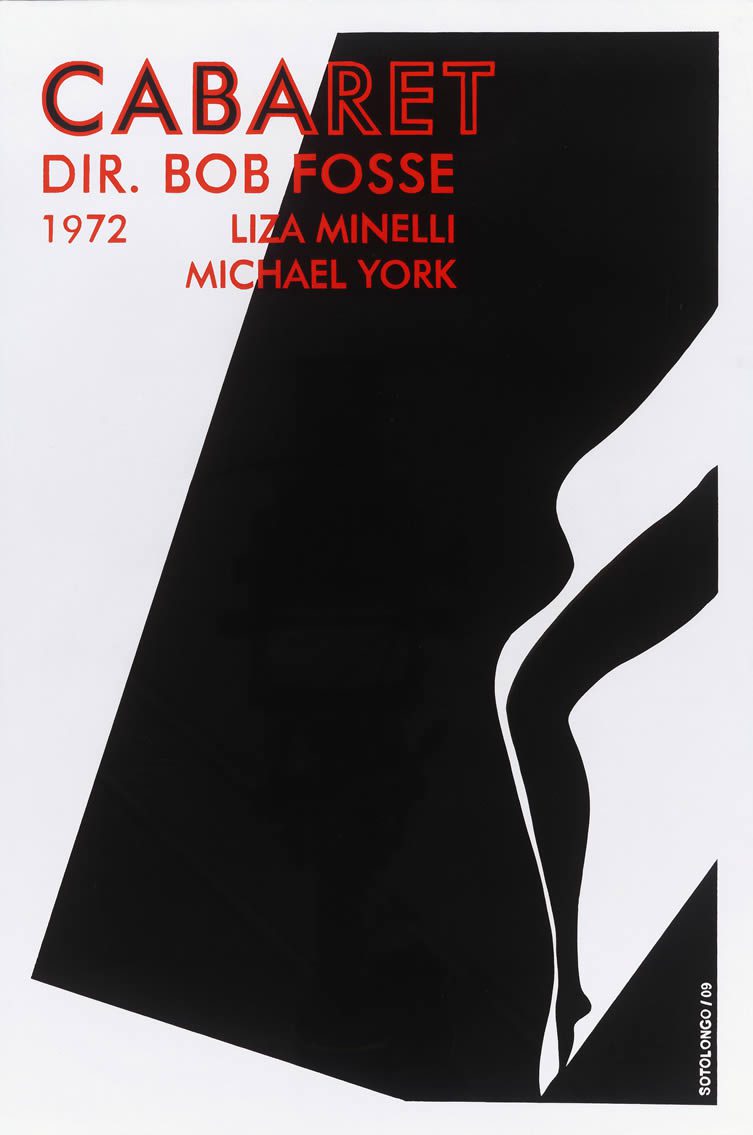
Claudio Sotolongo, Cabaret, 2009. Silkscreen, 29 15/16 x 20 1/16 inches. Instituto Cubano del Arte e Industria Cinematográficos (ICAIC). Courtesy of the Center for the Study of Political Graphics
